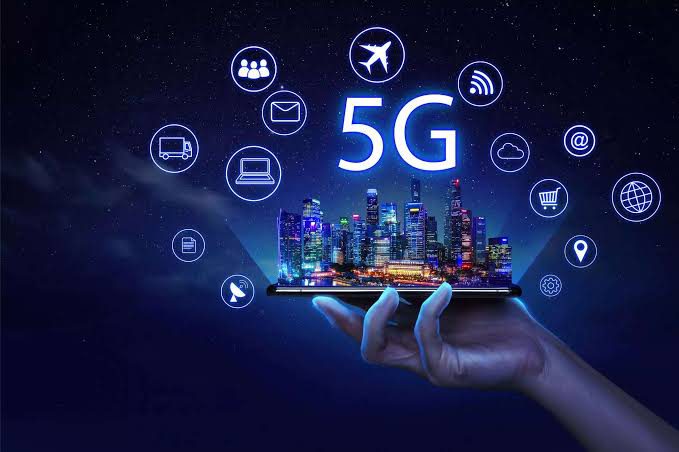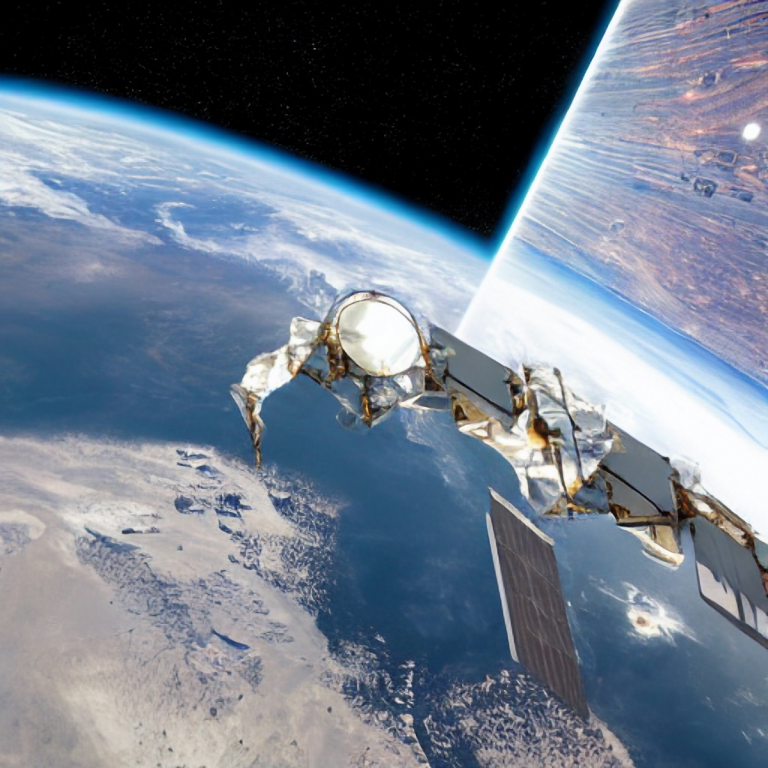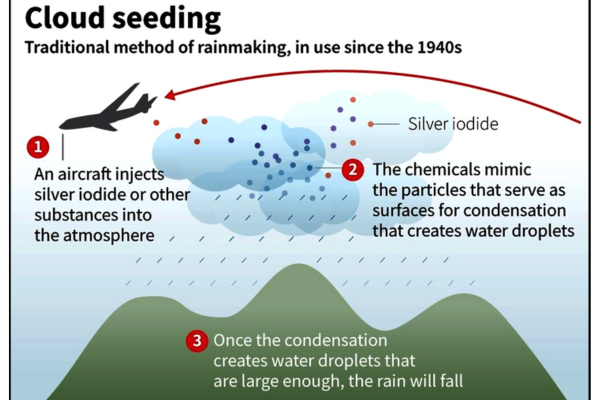Picture this: It’s a scorching summer day, and the sun is relentless. You seek refuge in the cool embrace of your air-conditioned sanctuary. We’ve all been there, and we’ve all contributed to the rising demand for cooling in our homes and offices. But here’s the catch – traditional air conditioning systems are not just cooling us; they’re also heating up the planet. It’s time to explore the innovations that could revolutionize the way we stay cool while saving the environment. In this blog post, we’ll dive into the world of air conditioning and discover the potential future of cooling.
The Vicious Cycle of Standard AC Systems

The sweltering heat has driven us into a vicious cycle. As temperatures rise, more people crank up their AC units, and as a result, we use more energy and emit greenhouse gases. It’s a problem that’s accelerating, and it’s not just about our comfort. Severe heat is now one of the deadliest weather events, claiming more lives annually in the U.S. than floods, tornadoes, and hurricanes combined.
- Increasing Heat and Its Consequences: Recent heatwaves have shattered temperature records worldwide, emphasizing the urgency of the issue. Access to cooling is becoming a basic human right.
- Environmental Impact of Traditional AC: Traditional AC systems rely on refrigerant chemicals, many of which are potent greenhouse gases. These emissions contribute significantly to climate change.
- Fast-Growing Energy Demand for Cooling: Cooling is the fastest-growing source of energy use in buildings, and if we continue down this path, annual energy demand for cooling could triple by 2050.
The Need for Innovative Cooling Solutions

Breaking free from this vicious cycle demands innovation, and there are several areas where we can make a difference.
- The Problem with Refrigerant Chemicals: One major issue with traditional AC systems is their reliance on harmful refrigerants. However, addressing this alone won’t solve the problem.
- Innovations in Dehumidification and Cooling: Newer AC designs separate dehumidification from cooling, resulting in more efficient cooling processes.
- Energy-Efficient Alternatives: Companies like Transaera are recycling heat generated during the cooling process to recharge desiccants, potentially reducing energy consumption by 35%.
Evaporative Cooling: A Promising Approach

Evaporative cooling might hold the key to a greener future. This simple and efficient process offers a sustainable alternative to vapor compression systems.
- The Simplicity of Evaporative Cooling: Similar to how our sweat cools us, evaporative cooling leverages the heat-absorbing properties of water changing from liquid to gas.
- Overcoming Humidity Challenges: To work effectively, AC devices are designed to perform evaporative cooling while preventing an uncomfortable rise in humidity.
- New AC Designs for Improved Efficiency: Innovations like those from Harvard’s cSNAP team and Florida-based Blue Frontier offer more energy-efficient and environmentally friendly alternatives.
Challenges in Bringing Innovative AC to the Market

Transitioning from testing to commercialization poses its own set of challenges that might delay the widespread adoption of these innovative systems.
- Transition from Testing to Commercialization: Companies like Transaera and Blue Frontier are still a few years away from launching their systems to the market.
- Obstacles to Replacing Traditional AC: Higher manufacturing and installation costs, industry inertia, and policy issues can hinder the adoption of these new systems.
- The Need for Passive Cooling Strategies: Even with the best technology, we must also invest in passive cooling strategies through urban planning, building design, and improved insulation.
Strategies for a Cooler Future

If we want to make a significant impact on reducing energy consumption for cooling, we need to embrace a holistic approach.
- Urban Planning and Building Design: Incorporating greenery, water bodies, shading windows, optimizing building positioning for natural airflow, and retrofitting existing buildings can significantly reduce the need for cooling.
- Incorporating Greenery and Water Bodies: Integrating natural elements into our cityscapes can contribute to cooling and enhance our quality of life.
- Retrofitting for Energy Efficiency: Improving insulation and utilizing reflective panels can help us send excess heat into space.
In conclusion, we’re standing at a critical crossroads. We must transition from traditional air conditioning systems to innovative, environmentally friendly alternatives to tackle the challenges of a warming planet. With a mix of cutting-edge technology and thoughtful urban planning, we can make the future cooler, more sustainable, and safer for all. The next time you turn on your AC, you might just be contributing to a greener world.







